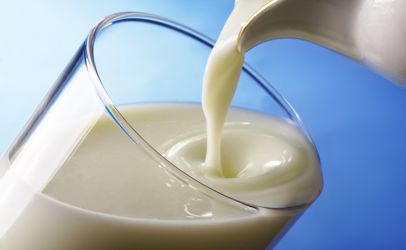Kinase
inhibition is an area of significant interest across academia and
pharmaceutical industry. However, discovering the full range of
intracellular targets of a small molecule kinase inhibitor can be a daunting
task. This information is needed to understand the mechanistic basis for
potential toxicities and find out the particular inhibitor which tumors may respond
to.
Besides the 518 known kinases encoded in
the human genome, there are over 2,000 other nucleotide-dependent enzymes,
including polymerases, chaperones, motor proteins, reductases and
methyltransferases, possibly containing binding sites. Ideally, the selectivity
of a new kinase inhibitor is evaluated at the level of the protein, cell and
whole organism.
Cellular selectivity of kinase
inhibitors can be evaluated by using panels of cell lines that are engineered
to report on inhibition of a particular kinase or using unbiased proteomics
approaches, and many such cell lines have been developed from the murine Ba/F3
cell line.
Murine Ba/F3 cell line is pro-B-cell line
whose proliferation normally requires the cytokine interleukin 3 (IL-3). However,
its transformation by an oncogenic kinase will lead to IL-3-independent
proliferation and survival, and thus the rate of cell growth and proliferation
can be used as a read-out of intracellular kinase inhibition. Further, cytotoxicity
that results from specific kinase inhibition can be discriminated from
non-specific cytotoxicity through the introduction of IL-3. Panels of
kinase-transformed Ba/F3 cells can be created by using either naturally occurring
oncogenic fusion proteins or by creating artificial fusions between kinase
domains and domain Tel found in several naturally occurring fusion proteins with
a strong ability to multimerize fused proteins.
Creative bioarray offers high quality murine
Ba/F3 cells or cell line for research use. Its IL-3 dependent murine pro-B-cell
line is found with a lymphatic back ground. Performing May-Grünwald-Giemsa
staining provide the evidence that those cells are derived from C3H mouse.
You can get murine
Ba/F3 cells at

